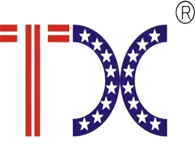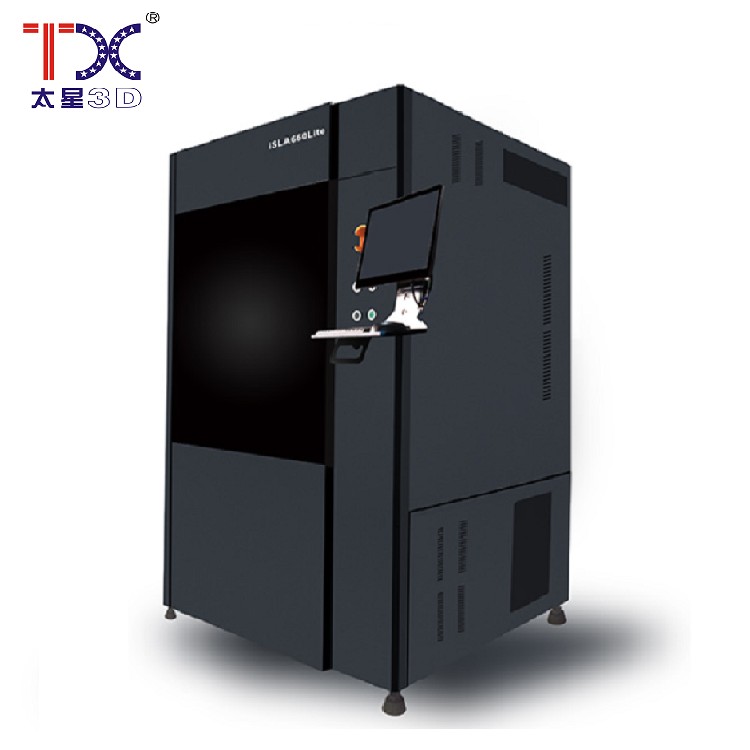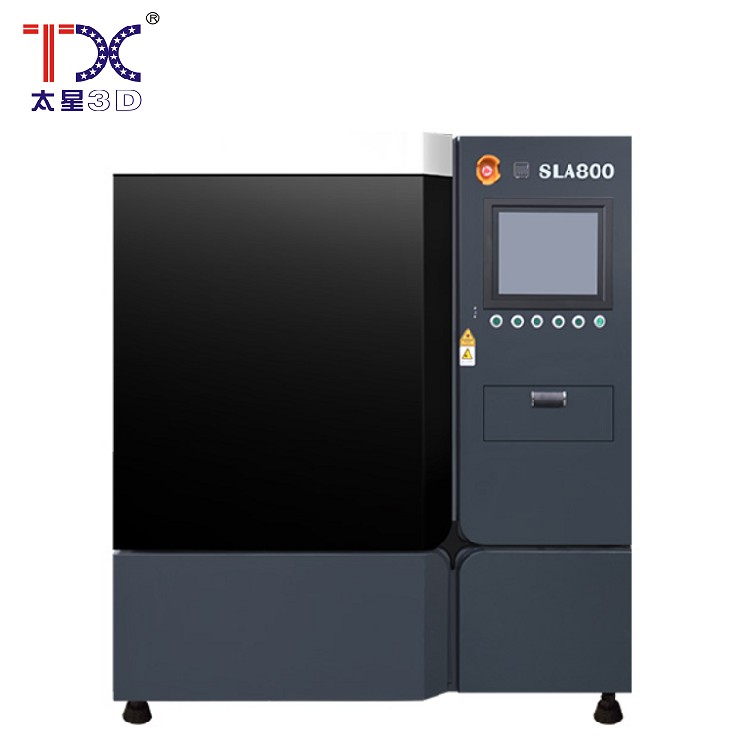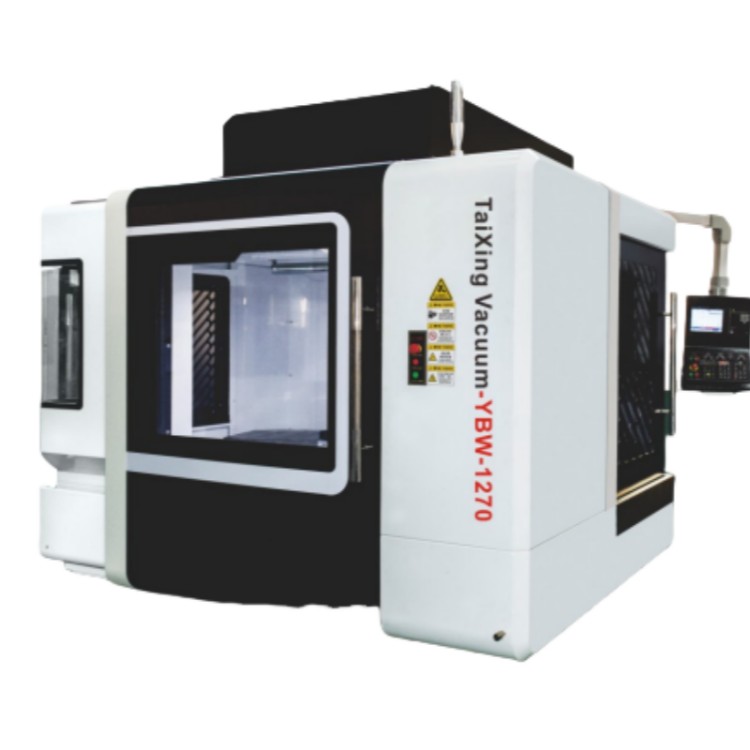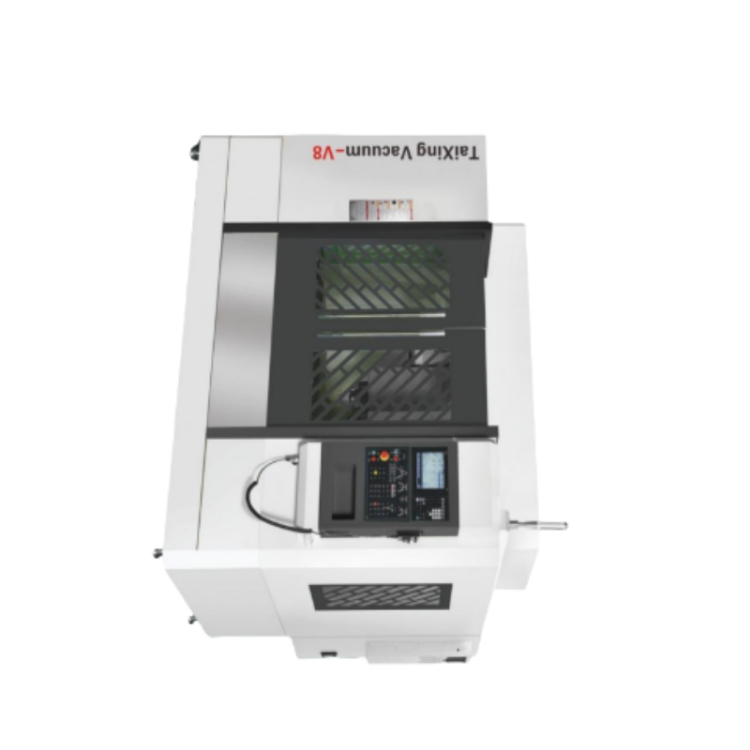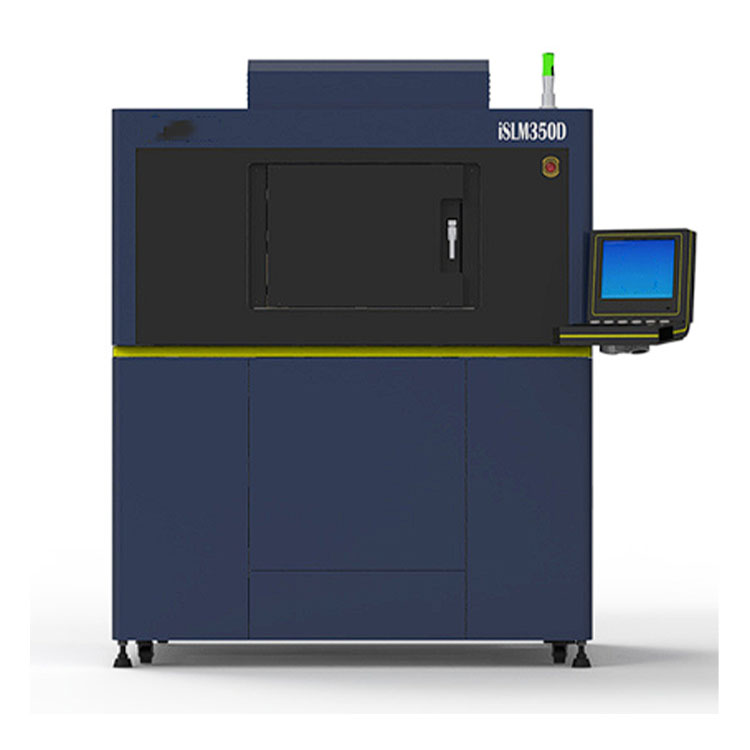
3D printing file format
3D printing file format
3D printing is a technology that is quickly gaining popularity. But in order for the printer to print your project, you need to provide it with a file in a certain format. These formats, like languages in which a computer and a printer communicate, determine how the model will be built and how the printer will create it. Understanding these formats is the key to a successful 3D printing.
Basic file formats for 3D printing
The most common formats are STL and OBJ. STL (Stereolithography) is perhaps the easiest and most universal format. He describes the model as a set of triangles, which, like pieces of mosaic, make up a 3D object. STL is clear to many programs, which makes it convenient for changing files between different applications. OBJ (WaveFront Obj) is a more complex format that may contain more detailed information about the model, including textures and materials. It is used when higher details or special effects are required. There are other formats such as AMF, Ply, which can be specialized for certain tasks or programs. But STL and OBJ are those that are most often found.
Why is it important to choose the right format?
Choosing the correct format is necessary for successful printing. If you do not use a suitable format, the printer may not recognize the shape of the object, and in the end you will get an incorrect model, or the printer will not be able to print it at all. The wrong format can lead to loss of time and consumption for materials. Imagine that you give incorrect instructions to the builder, and the result will not be at all the same as expected. So here, the correct format is a guarantee that your 3D object will be exactly the way you planned. Choosing a suitable format, you seem to give clear instructions to the robot so that it builds your desired object.
How to convert files to a suitable format?
If your file is not in the right format, do not be upset! There are many programs that can convert files between different formats. These programs, like translators, help the printer understand the language that describes your model. You can find such programs on the Internet or in specialized programs for 3D modeling. Usually just upload the file and select the desired format. This is a simple process, similar to the usual transcoding of files, like from JPG to PNG.
AppropriateProducts
Corresponding products
The best soldproducts
The best -selling products-
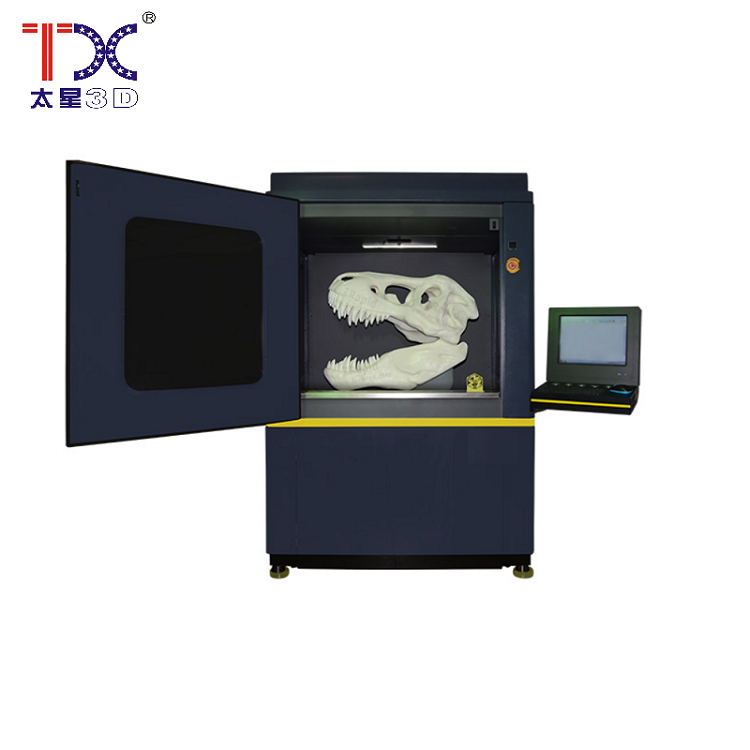 Taisin Light-adopted 3D printer ISL1100
Taisin Light-adopted 3D printer ISL1100 -
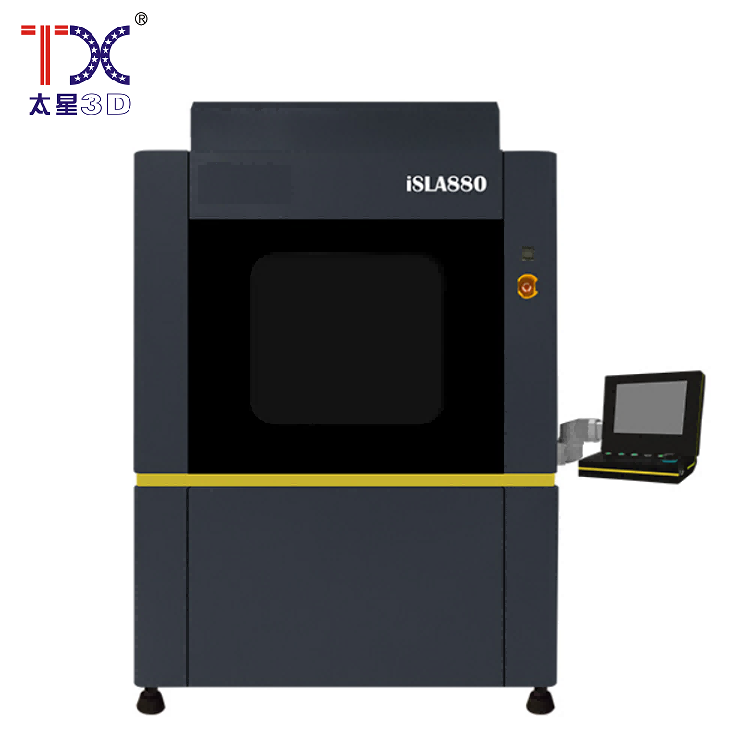 Taisin Light-adoptive 3D printer SLA880
Taisin Light-adoptive 3D printer SLA880 -
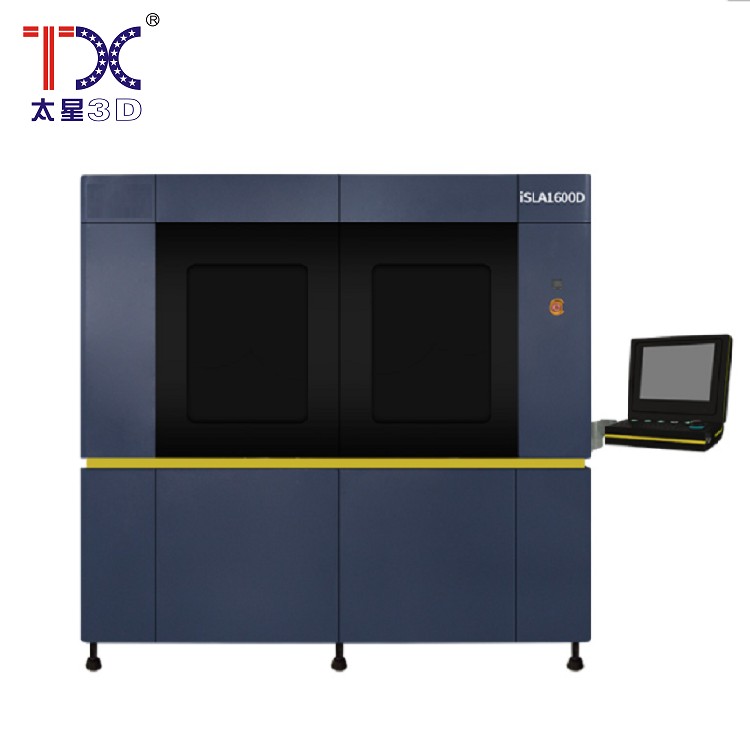 Taisin Light-adoptive 3D printer SLA1600D
Taisin Light-adoptive 3D printer SLA1600D -
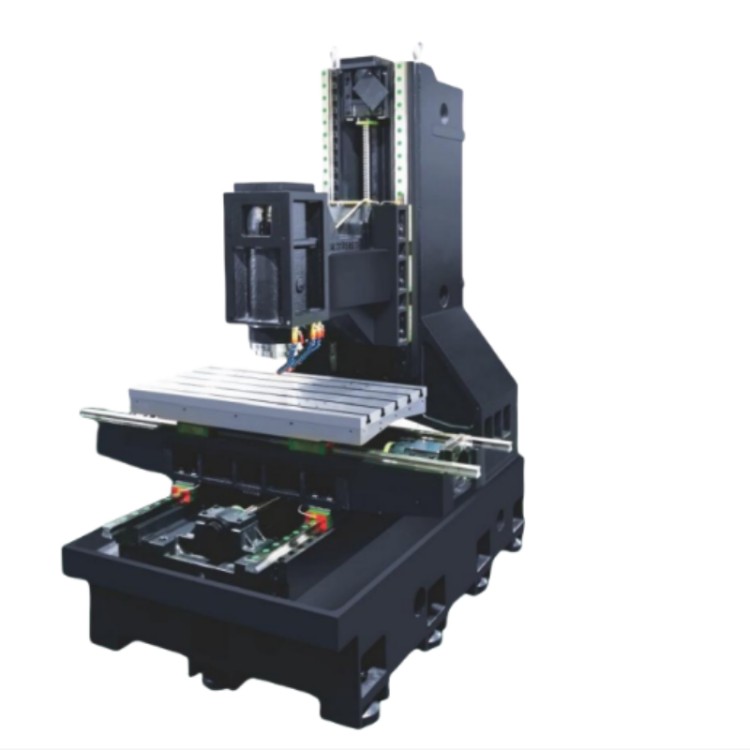 Taisin three-wire rail molding machine of high stiffness TX-6027
Taisin three-wire rail molding machine of high stiffness TX-6027 -
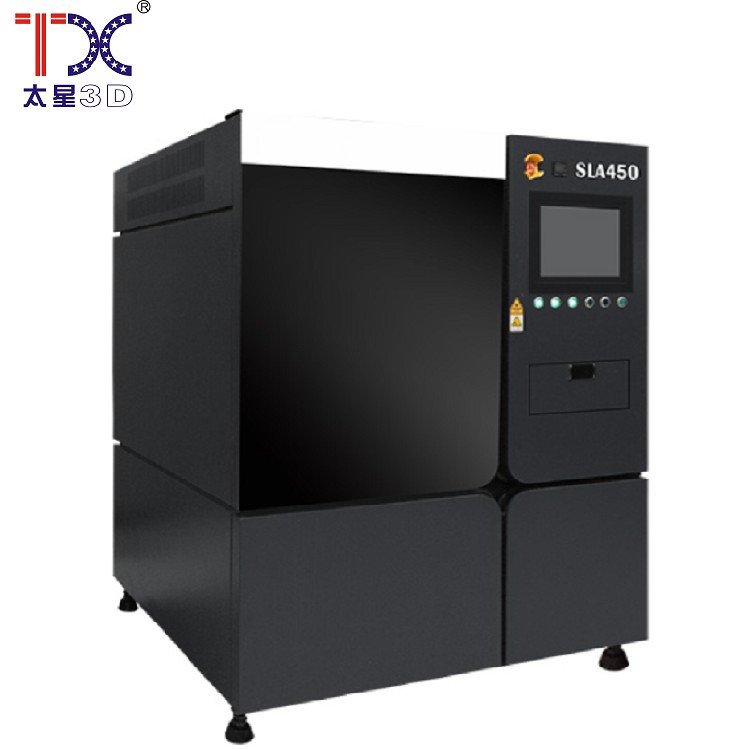 Taisin Light-adoptive 3D printer SLA450
Taisin Light-adoptive 3D printer SLA450 -
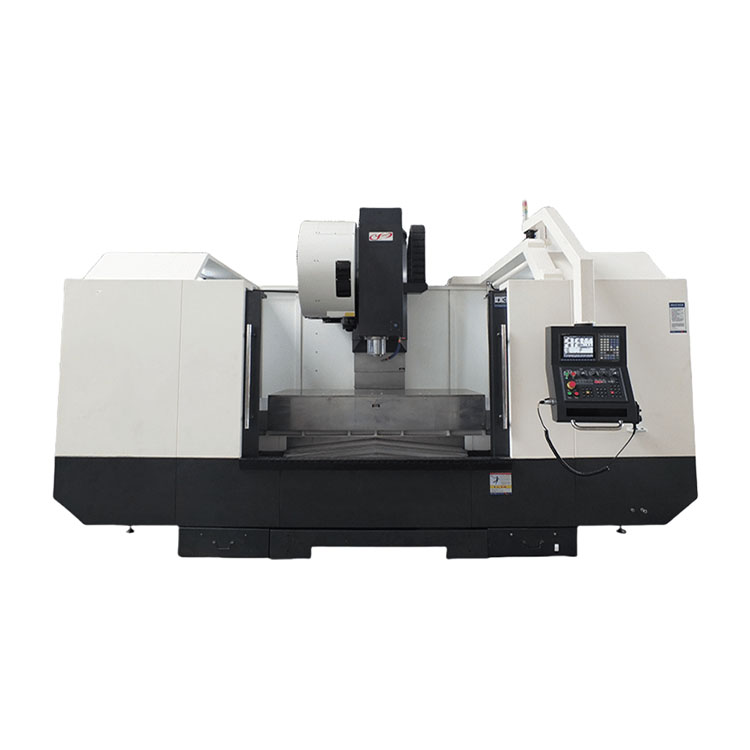 Taisin high-precision vertical processing center with CNC VMC TXP-1890
Taisin high-precision vertical processing center with CNC VMC TXP-1890 -
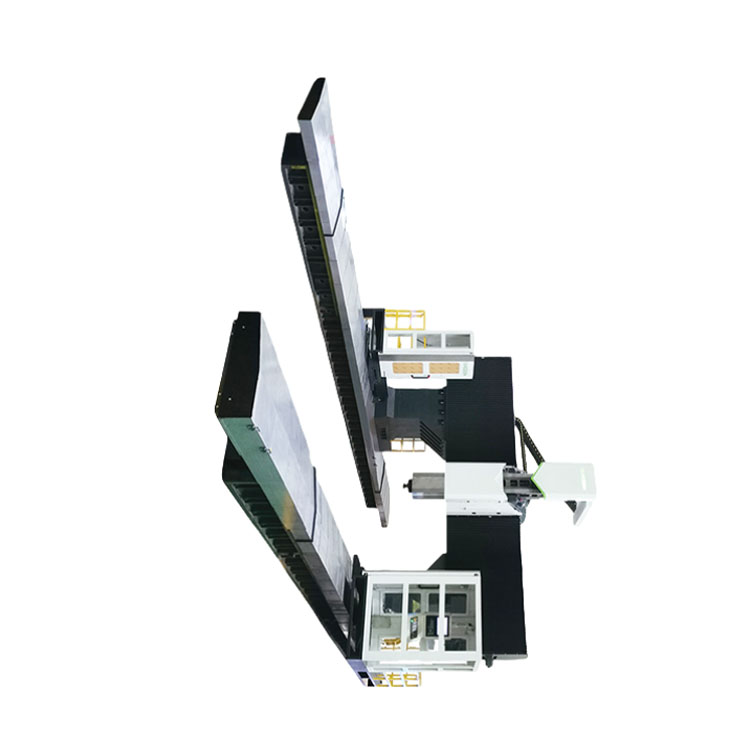 Taisin Pyatioseva CNC processing center for machining TXMT-21042
Taisin Pyatioseva CNC processing center for machining TXMT-21042 -
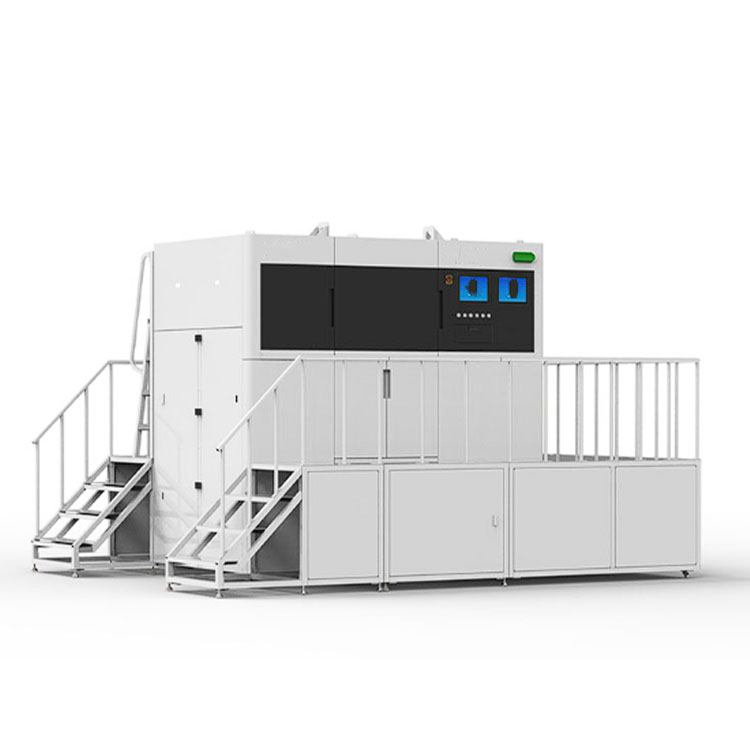 Taisin Metal 3D printer ISLM420DN
Taisin Metal 3D printer ISLM420DN -
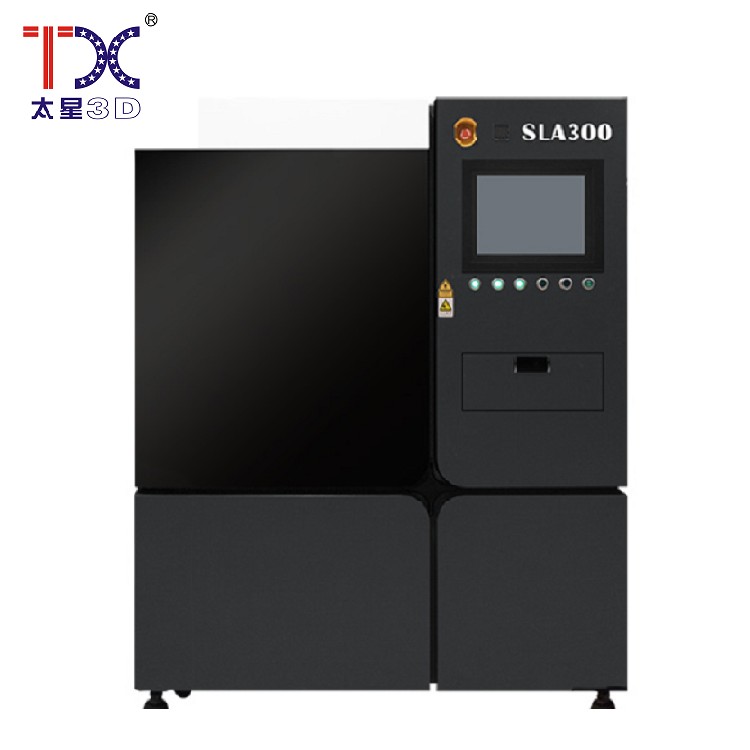 Taisin Light-adoptive 3D printer SLA300
Taisin Light-adoptive 3D printer SLA300 -
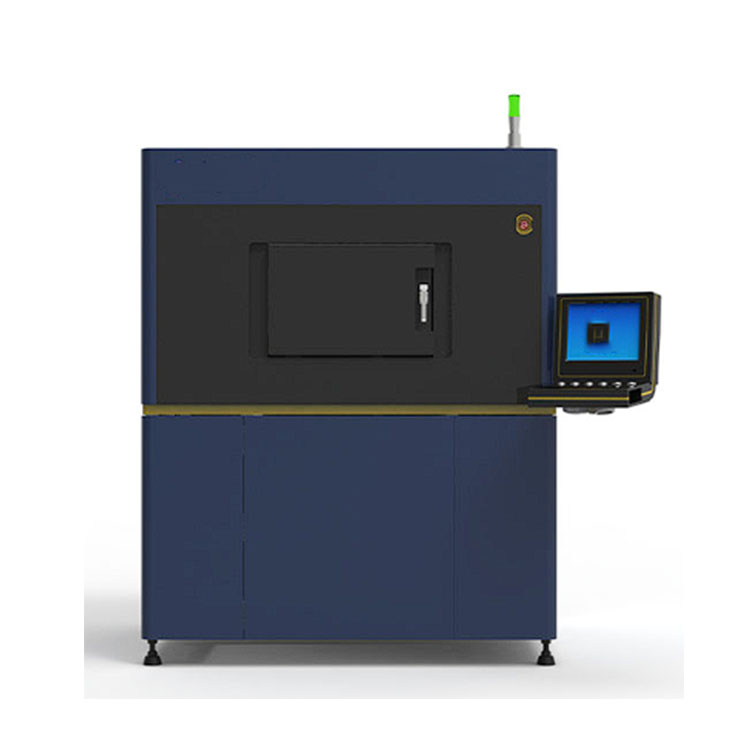 Taisin Metal 3D printer SLM280
Taisin Metal 3D printer SLM280 -
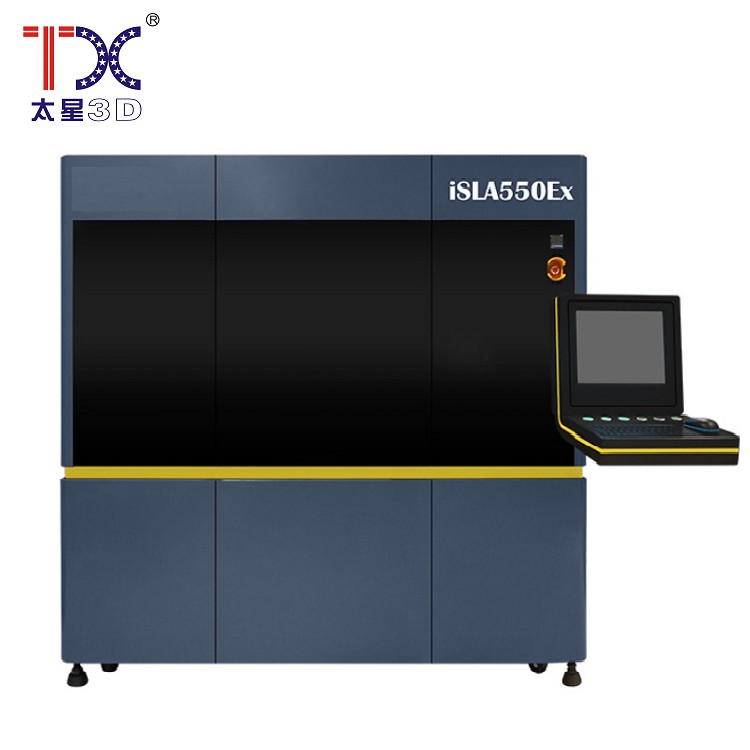 Taisin Light-adoptive 3D printer SLA550EX
Taisin Light-adoptive 3D printer SLA550EX -
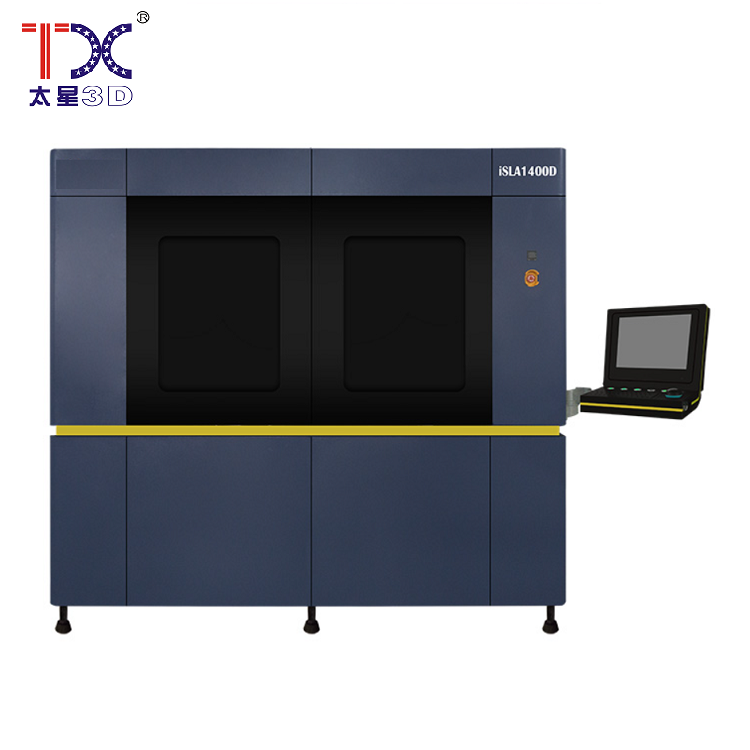 Taisin Light-adopted 3D printer SLA1300D
Taisin Light-adopted 3D printer SLA1300D
Connectedsearch
Related search- Chinese suppliers of three -dimensional printing apps
- Chinese factories of 3D printing services
- OEM suppliers of 5-axis machines
- Cheap 3D scanning and printing factories
- Cheap manufacturers of CNC shaft machines are defined
- Manufacturers of the same -axle CNC machines in China
- CNC with an axis z z z
- China CNC Wal CNC Determination Manufacturers
- Chinese suppliers of instrumental CNC centers
- Chinese factories for identifying shafts with CNC
